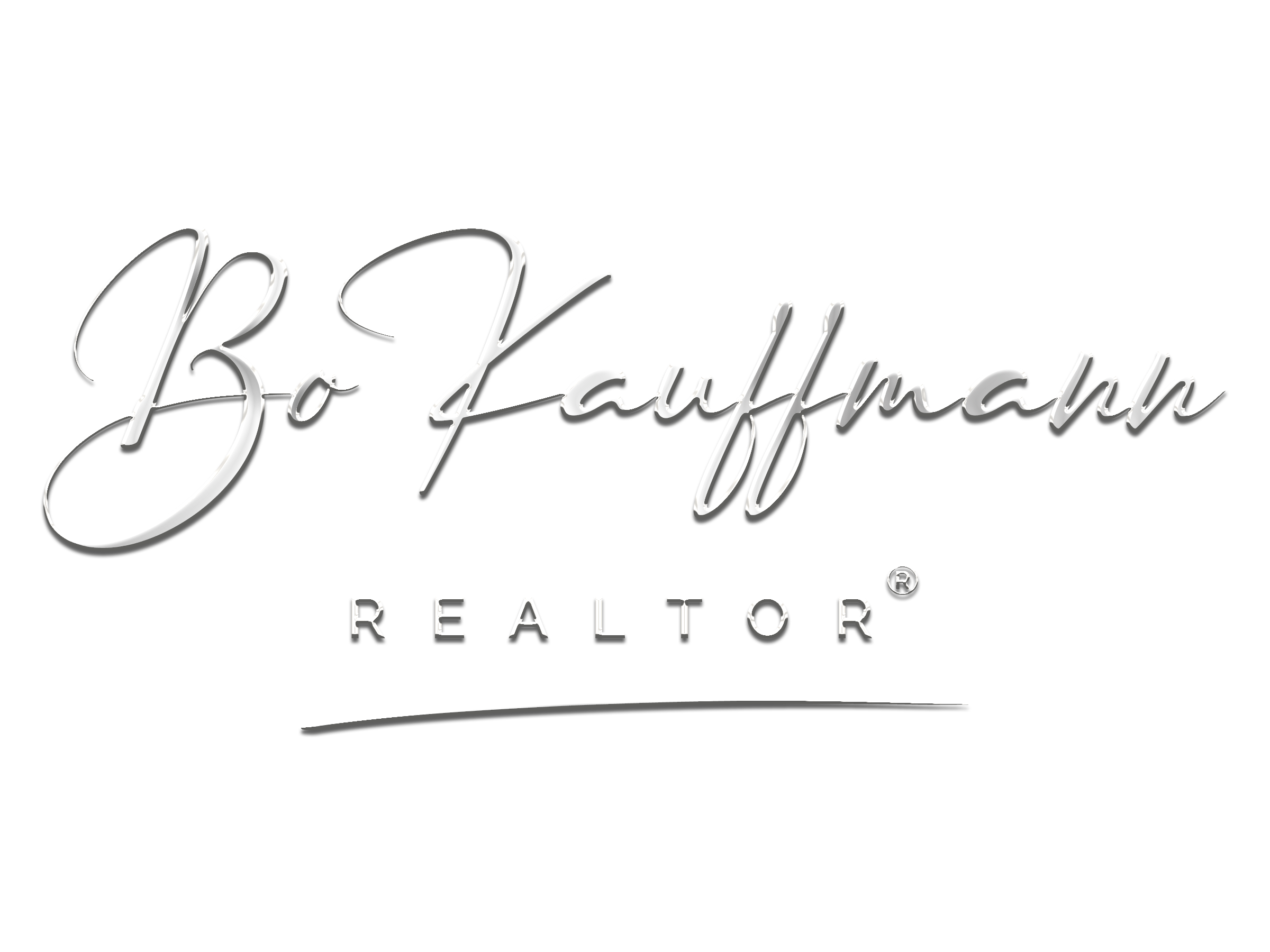
How to Safeguard Your Home From Pesky Raccoons
Raccoons: they might seem cute and cartoon-like; they’re even the unofficial mascot of Toronto. Behind their endearing little bandit faces, however, they can cause a lot of damage. From carrying communicable diseases to causing unsightly garbage raids and even structural damage in your home, raccoons can cause a lot of frustration and even decrease your home’s value. Here’s how to proof your home.
Know the signs. Since they’re often nocturnal, you might have raccoons without even knowing it. Look for things like torn shingles, spilled and ransacked trash, or sounds like scratching and cooing sounds from inside your walls. Common places for nesting include roof vents, attics, crawl spaces and underneath porches.
Don’t leave food outside. If raccoons know there’s an obvious food source nearby, they’re bound to make a habit of stopping by. Avoid leaving dog or cat food out and make sure any compost or trash is well secured.
Keep your trees trimmed. Raccoons love to shimmy up trees or large shrubs to gain access to roofs or chimneys. If possible, trim these so their branches are a few feet from your home and place a plastic or metal surface around the base of trees to discourage climbing.
Block access. Make note of potential spots raccoons might gain access to your house from. These include holes, pipes and roof vents, or open spots under decks and porches. Chicken wire or screening of some type will usually do the trick.
Know whom to call. Despite your best efforts, you might still find a raccoon, or at least evidence of one on your property. Do not attempt to corner or trap one, as they can be aggressive and might carry rabies. In Canada, it’s also illegal to kill them, either by using poison, force or any other means. Instead, call your city’s service hotline or a local pest control company.
